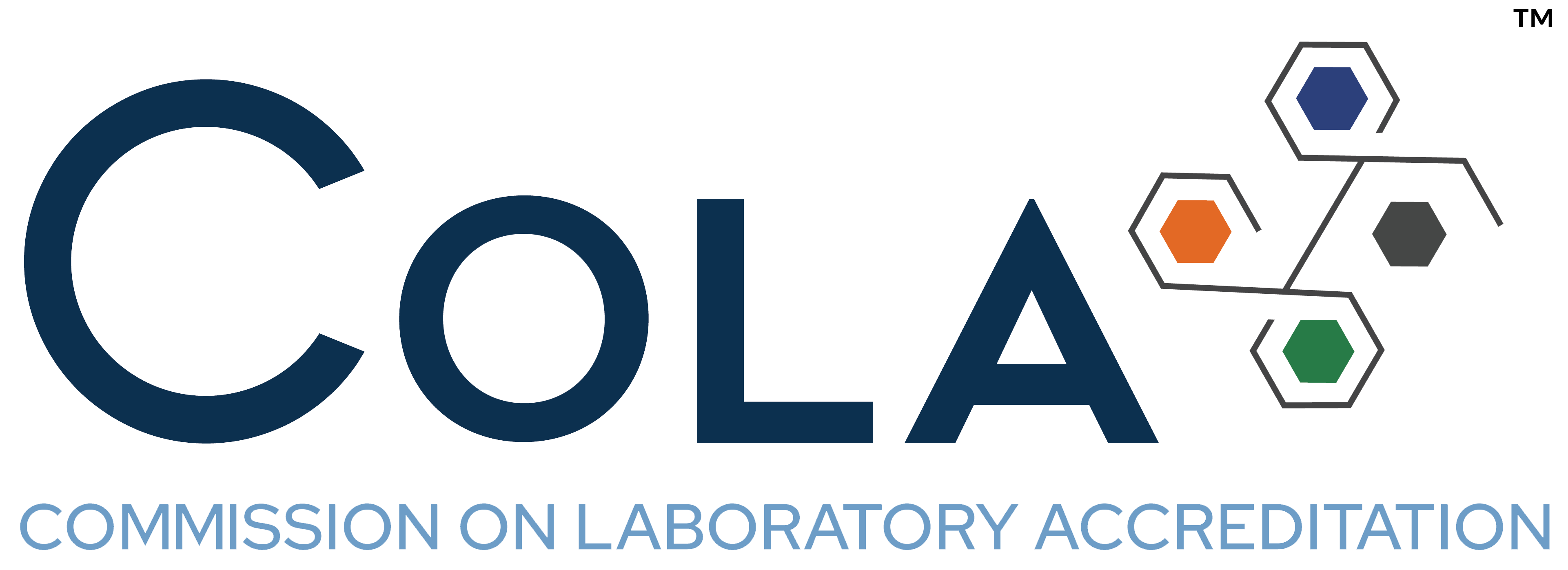Mpox, formerly known as monkeypox, was first identified in 1959 during an outbreak in a Dutch research monkey colony. The first human case was reported in 1970 in what is now known as the Democratic Republic of Congo (DRC). The causative virus, MPXV, has two distinct lineages: Clade I and Clade II. It belongs to the orthopoxvirus genus, which includes smallpox, cowpox and vaccinia viruses. Until 2022, mpox was considered a rare zoonotic disease, primarily confined to Central and West Africa. Sporadic cases occurring outside these regions were usually linked to travel or imported animals.
The Global and U.S. Outbreak of Mpox in 2022
The 2022 mpox outbreak, primarily driven by Clade II, marked a significant shift from historically low case numbers previously confined to the few countries in Africa where the virus was endemic. Beginning in early May 2022, the virus spread rapidly across 110 countries, including many outside Africa. This rapid spread led the WHO to declare mpox a public health emergency of international concern (PHEIC) from July 2022 to May 2023.
In the U.S., the first confirmed case was reported in Boston on May 17, 2022. By August, mpox had spread to all 50 states, Washington, D.C. and Puerto Rico, prompting the CDC to declare a public health emergency. By May 2024, nearly 100,000 cases had been reported worldwide, with approximately one third of those (32,062 cases) occurring within the United States. California recorded the highest number of cases, followed by New York and Florida.
Changes in Transmission and Clinical Presentation
The 2022 outbreak involved notable changes in both the transmission route and clinical presentation of mpox. Mpox transmission occurs primarily through direct contact with infectious lesions on the skin or contact with bedding and other materials contaminated with fluid from the lesions. In this global outbreak, the virus was seen to primarily spread through close physical contact, particularly among men who have sex with men (MSM). The detection of mpox in genital fluids and the finding of asymptomatic transmission sparked debates about whether mpox should be considered a sexually transmitted infection.
The clinical presentation also evolved, with many cases involving lesions in the anogenital, oropharyngeal and vaginal areas, differing from the classic rash presentation on the face, trunk, palms and soles. While mpox is typically self-limiting, complications such as pain, bacterial superinfection and mortality in immunocompromised individuals, particularly those with HIV, were reported. In severe cases, hospitalization was required for pain management and infection control.
Contributing Factors and Public Health Implications
The factors behind the 2022 global outbreak remain poorly understood. Plausible contributors include the end of smallpox vaccination, which once provided cross-protection, and possible viral evolution. This outbreak also exposed significant gaps in global health surveillance, research and response, particularly in resource-limited settings. The disproportionate impact on marginalized groups, including the LGBTQ community and people with HIV, emphasizes the need for more equitable public health strategies.
Diagnosis and Management
The primary method for diagnosing mpox is through PCR testing of samples from active lesions. In March 2024, the FDA granted Emergency Use Authorization (EUA) for a home collection mpox PCR test kit for individuals 18 and older with suspected infection; self-collected specimens would be sent for testing at an authorized laboratory. Serological tests are less reliable due to cross-reactivity with other orthopoxviruses. While mpox typically resolves on its own, severe cases are treated with antiviral agents like tecovirimat. Additionally, a vaccine originally developed for smallpox has been FDA-approved in the U.S. for individuals at high risk of exposure or those recently exposed to mpox.
The Current Outbreak in Central Africa
Cases of Clade I mpox, more transmissible and clinically aggressive than Clade II, are currently increasing in some areas of Central Africa. Since January 1, 2023, the DRC has reported over 22,000 suspected Clade I mpox cases and more than 1,200 suspected deaths, a significant increase from the numbers observed in the 2022 Clade II outbreak. The current outbreak has spread to all DRC provinces, including areas previously unaffected, like the capital, Kinshasa. The virus spreads through sexual contact, animal contact and within households, with many cases occurring in children under 15. During the summer of 2024, Clade I cases also emerged in neighboring countries, including Rwanda, Uganda and Burundi, where the virus is has not historically been endemic. On August 14, 2024, the WHO declared this outbreak a PHEIC due to its rapid spread and severe regional impact.
Implications for the United States
Despite the ongoing spread of Clade I mpox in Africa, the current risk of it being imported into the U.S. remains very low. While travel-related cases are possible, experts do not believe that widespread transmission is likely in the United States for several reasons. Average household sizes are smaller, reducing risk of person-to-person transmission within a family, and Americans generally have better access to healthcare, including vaccination for high-risk groups. The CDC closely monitors patient and wastewater samples to detect early signs of mpox spread, and the U.S. has robust testing capabilities, including Clade-specific testing and sequencing. The CDC recommends that suspected cases linked to the DRC or neighboring regions should undergo laboratory testing, with specimens sent to state public health or commercial laboratories for Clade-specific analysis. Laboratories using the CDC’s non-variola orthopoxvirus (NVO) PCR test should continue submitting duplicate specimens to CDC for Clade-specific testing, while laboratories using other Clade-specific assays should report any detection of Clade I MPXV to state health departments and the CDC.
References
Thornhill et al. Mpox: The Reemergence of an Old Disease and Inequities. Annu Rev Med. 2024 Jan 29;75:159-175.
FDA. Emergency Use Authorization (EUA) Summary for the Labcorp Monkeypox PCR Test Home Collection. 2024 Mar 22nd. https://www.fda.gov/media/177285/download
CDC. Ongoing 2022 Global Outbreak Cases and Data. 2024 Mar 5th. https://www.cdc.gov/poxvirus/mpox/response/2022/index.html
CDC. Health Alert Network. Mpox Caused by Human-to-Human Transmission of Monkeypox Virus in the Democratic Republic of the Congo with Spread to Neighboring Countries. 2024 Aug 7th. https://emergency.cdc.gov/han/2024/han00513.asp.
WHO. WHO Director-General declares mpox outbreak a public health emergency of international concern. 2024 Aug 14th. https://www.who.int/news/item/14-08-2024-who-director-general-declares-mpox-outbreak-a-public-health-emergency-of-international-concern
CDC. Mpox Rapid Risk Assessment. 2024 Aug 14th. https://www.cdc.gov/cfa-qualitative-assessments/php/data-research/mpox-risk-assessment/

